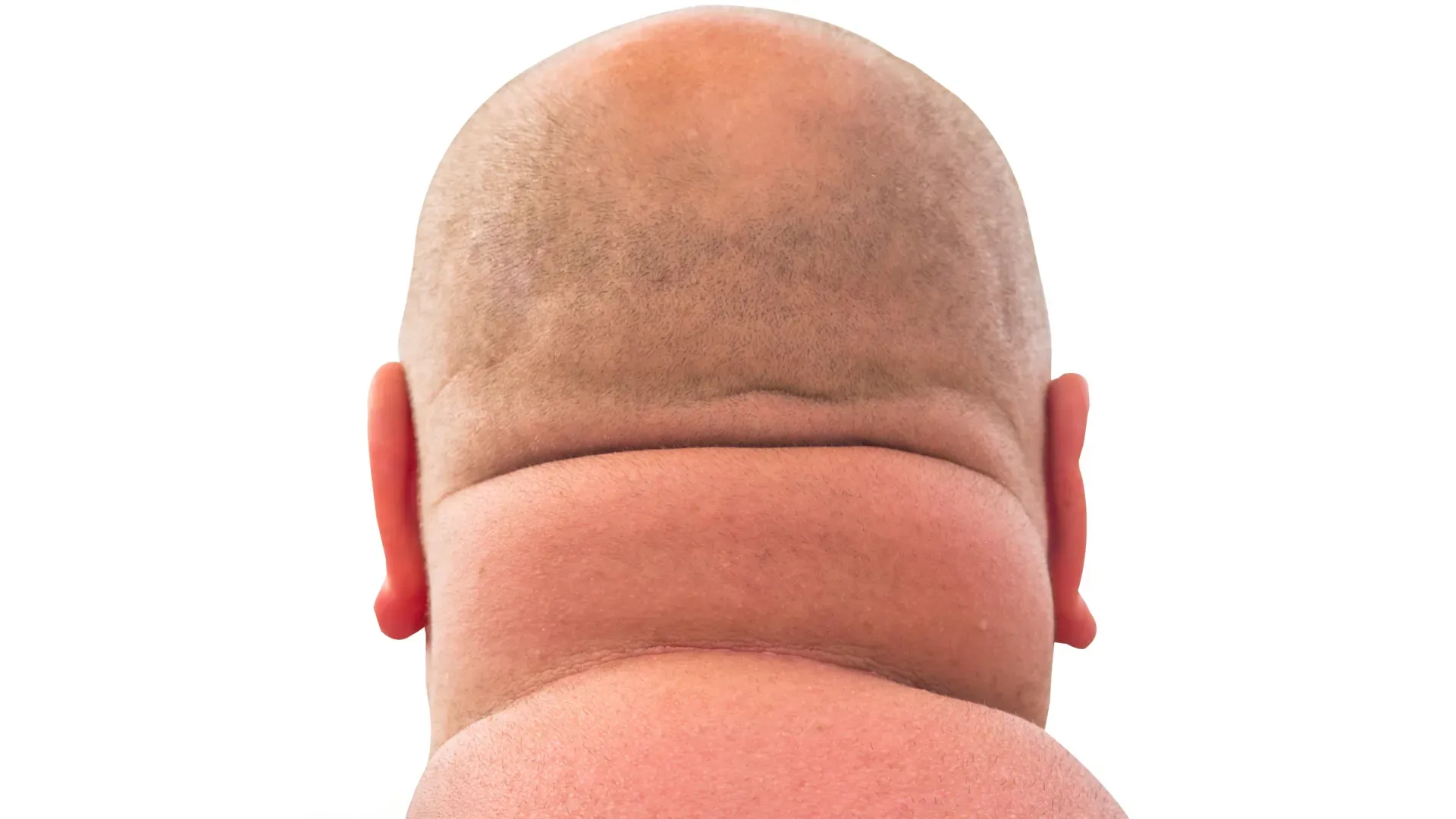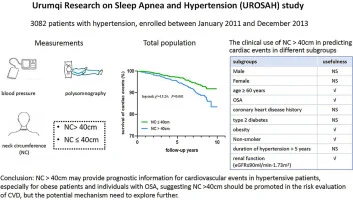New research highlights that neck circumference is an independent predictor of cardiovascular, diabetes, and sleep apnea risks, even in people with healthy BMI, prompting calls for its inclusion in routine health screenings.

October 21, 2025

Source:
The Economic Times
Neck Circumference Gains Attention in Health Risk Assessment
Recent studies from leading institutions underline the significance of neck circumference as a direct predictor of critical health issues, including heart disease, type 2 diabetes, and sleep apnea. This measurement is proving especially valuable where traditional indicators like BMI fall short. According to analyses by the Harvard T.H. Chan School of Public Health and the Framingham Heart Study, neck size offers a clearer window into certain metabolic dangers.
What the Science Shows
Cardiovascular Disease: Larger neck size links to elevated risks for hypertension, atrial fibrillation, and coronary disease.
Metabolic Disorders: Risk increases for type 2 diabetes and gestational diabetes.
Sleep Apnea: Thicker necks are recognized as an independent marker for obstructive sleep apnea.
Keep up with the story. Subscribe to the PR+ free daily newsletter

Source:
Science Daily
Why Neck Size Matters More Than BMI
Neck circumference acts as a powerful proxy for upper-body visceral fat. This is the fat around organs that can disrupt blood glucose, cholesterol, and heart rhythm. Unlike BMI, neck size isn’t as easily misled by muscle mass, providing a more direct view of metabolic risk, especially in normal-weight individuals. Leading experts suggest neck measurements could supplement or even replace waist circumference in future screenings (SciTechDaily).
Health Risk Thresholds
Men: 17 inches (43 cm) or greater
Women: 14 inches (35.5 cm) or greater
Research, including the 2024 study on polycystic ovary syndrome, confirms escalating risk for every centimeter above these thresholds.
Read More

Source:
http://ScienceDirect.com
Share this news:




















